Stemming the Tide of the Great Resignation: It’s an Engaging Matter of Flexibility and Collaboration
 Anurag Lal, President and CEO of Infinite Convergence.
Anurag Lal, President and CEO of Infinite Convergence.
Triggered by the pandemic, record numbers of Americans are quitting their jobs in what is being dubbed as the ‘Great Resignation’. This exodus from the workforce comes as employees are rethinking their careers, reevaluating what they expect from work and reexamining priorities. In a recent survey by Gartner 65% of employees said the pandemic has made them rethink the place that work should have in their lives.
According to Statista, the number of Americans quitting has now exceeded pre-pandemic highs for eight straight months and the latest data from the U.S. Bureau of Labor Statistics showed that 4.3 million workers left their jobs in December. Experts predict that quit rates will continue to be high in 2022 and a report by McKinsey noted “the Great Attrition is real, will continue, and may get worse before it gets better.”
Disengaged, burned out employees continue to leave their jobs in droves. Quit rates are highest in organizations with work environments characterized by poor communication, lack of transparency, toxic cultures, lack of recognition and no work/life balance.
To combat the Great Resignation and reduce turnover, enterprises will need prioritize strategies for keeping employees engaged. Research shows that 61% of employees are somewhat or very likely to leave their current position if they do not feel engaged.
In the post-pandemic era, increasing employee engagement is not achieved by providing workplace perks like foosball tables, video games and healthy snacking treats. Today, one of the most important strategies for keeping employees engaged is the creation of a flexible, collaborative work environment. And to support this environment and keep talented employees in the fold, organizations will need the right technology and tools.
Flexibility is the now normal
Employees today demand a level of flexibility in their jobs. A survey by Ernst & Young found that nine in ten employees want flexibility in where and when they work and 54% would consider leaving their job post-pandemic if they are not afforded some form of flexibility.
As choice and flexibility increasingly become key to employee engagement and well-being, enterprises will need to adapt working models to offer flexible work schedules and remote or hybrid work opportunities.
The freedom to work from anywhere took hold during the pandemic. Employees quickly adapted to this shift and now don’t want to go back to a 9-to-5 office-centric work paradigm. Greater flexibility over working hours and remote work options are now the expected norm. Enterprises that don’t provide the flexibility which helps employees maintain a positive work-life balance risk seeing more employees head for the door.
Collaboration strengthens connections
Collaboration helps employees feel more connected and engaged. It is especially critical in remote or hybrid work environments which can make employees feel isolated and disconnected.
Stronger connections facilitated by collaboration can help employees feel more motivated, productive and engaged – all of which have significant impact on employee retention. According to O.C. Tanner’s 2022 Global Culture Report, “a working environment where employees form strong connections to their team, leader, and organization leads to employees staying with their organization longer.” The report found that the odds of employees wanting to stay with their company six years or more increases 175% when connections are strong.
By contrast, collaborative failures have cascading negative effects on employees and organizations. An MIT Sloan Management Review article describes the impact of collaborative failure saying this failure “hinders organizational and employee performance and productivity. It creates obstacles to innovation. And it erodes employee engagement — contributing to stress, overload, and burnout.”
To avoid these impacts, enterprises should focus on fostering a collaborative work environment to create a supportive workplace culture that increases overall employee engagement.
The right technology supports flexibility and collaboration
As work becomes more flexible and virtually collaborative, enterprises need the right tools and technology to ensure employees remain connected, productive and engaged.
Organizations can power flexible, collaborative work environments with enterprise mobile messaging and collaboration platforms that connect employees no matter what geography or time zone they are in.
Collaboration tools that are integrated into everyday workflows make communication seamless and personalized. These tools are the engine of contextualized, collaborative work which yields business value in the form of a productive, efficient, engaged workforce.
Investing in a secure, integrated mobile messaging and collaboration platform is the best strategy for enabling flexibility and collaboration at scale, powering the connections critical to employee engagement and retention.
Work is changing and enterprises need to keep pace by becoming more flexible and collaborative to effectively engage employees. Only then will organizations begin to stem the tide of the Great Resignation.





